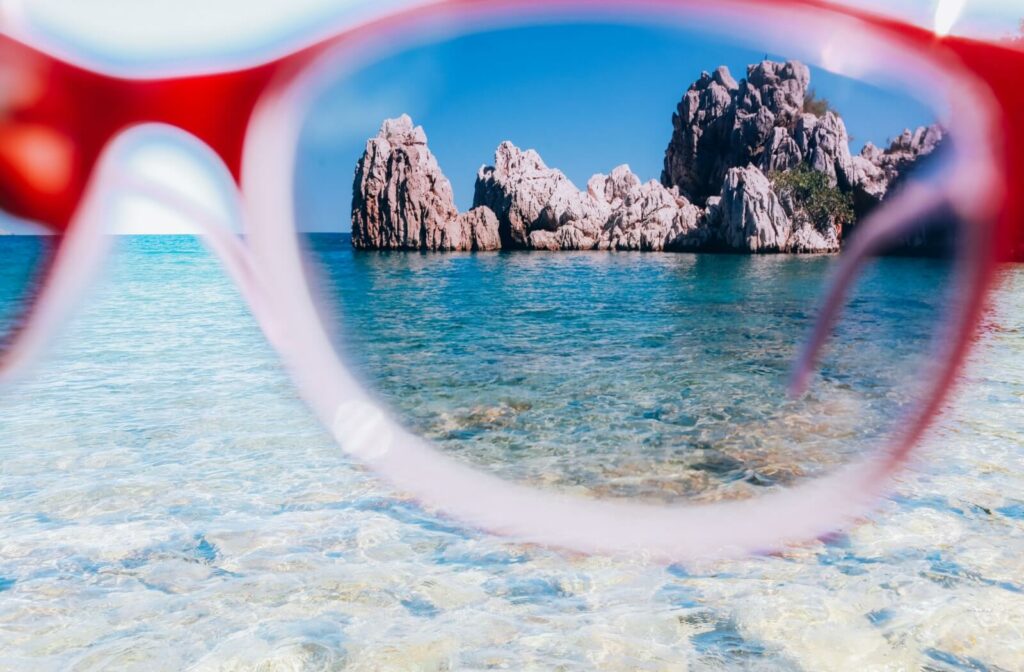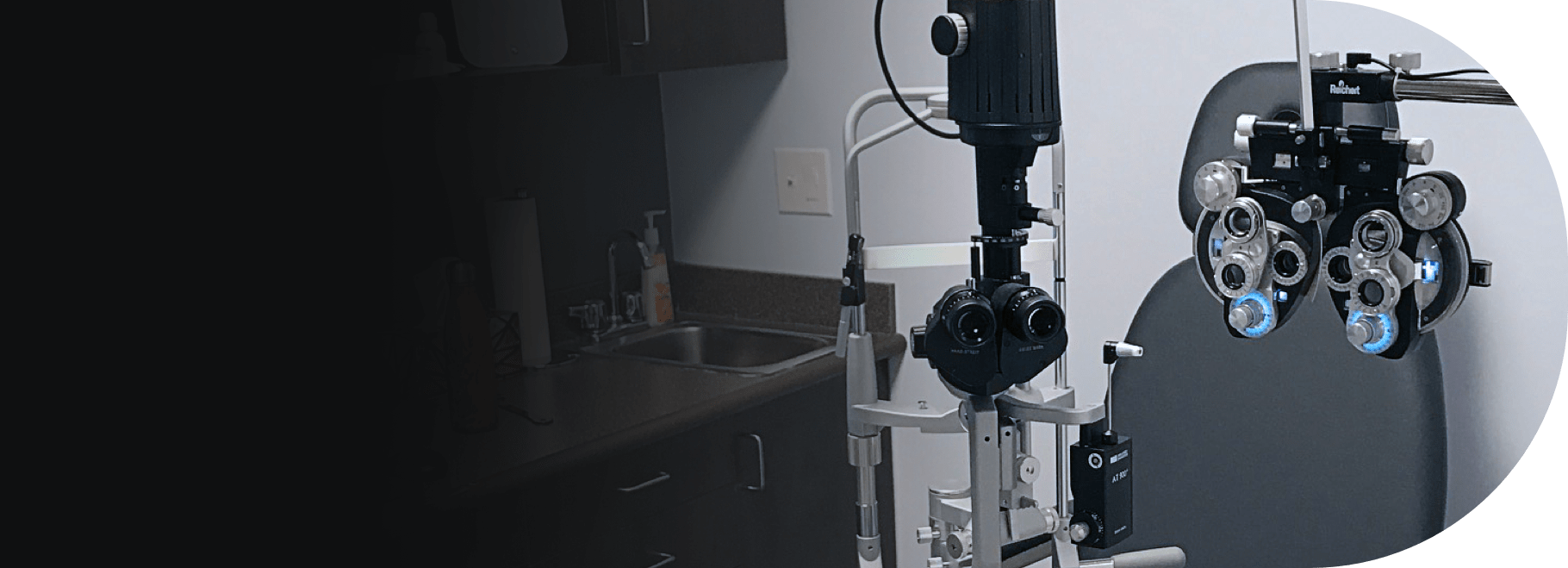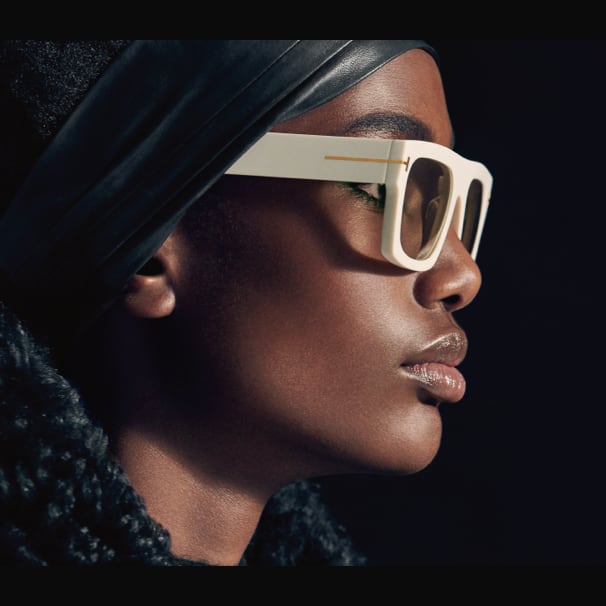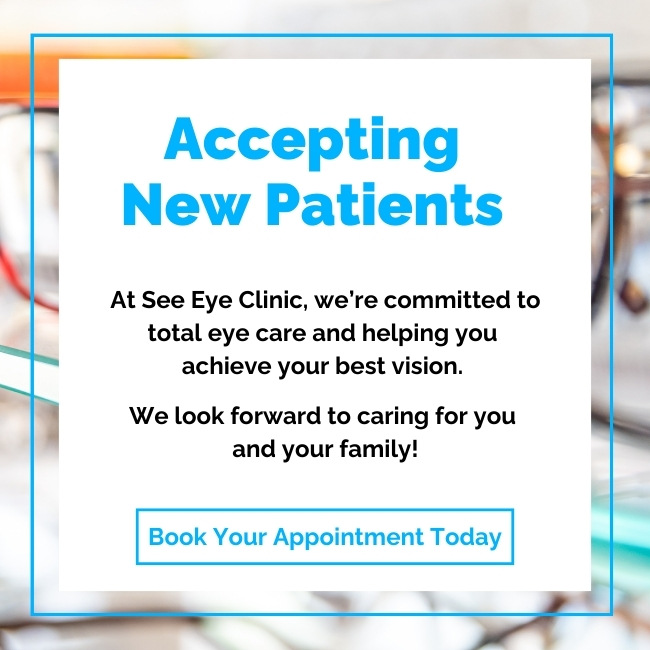The quickest way to know if your sunglasses are polarized is to check the packaging provided by the manufacturer. Alternatively, you can confirm polarization by looking at a digital screen or high glare surface while wearing your sunglasses, then tilting either the screen or your head. If the image you see becomes darker, your sunglasses are likely polarized.
One of the primary functions of polarized lenses is to reduce or eliminate glare, which can help prevent strained eyes when working or playing around reflective surfaces.
Understanding the Different UV Rays
To fully appreciate sunglasses, it’s important to understand their primary goal: protection from ultraviolet (UV) radiation. The sun emits 3 types of UV rays:
- UVA Rays: These rays account for most of the UV radiation that reaches Earth
- UVB Rays: Shorter but more intense than UVA rays, UVB rays are responsible for sunburns
- UVC Rays: These rays are the most dangerous, but fortunately, they’re typically absorbed by the Earth’s atmosphere and don’t reach us
Quality sunglasses that say “UV400” or “100% UV protection” are designed to block harmful UVA and UVB rays, thereby reducing the risk of developing eye damage over time. Polarized sunglasses take this protection a step further by enhancing vision clarity and reducing the discomfort caused by glare.
Note that ‘polarized’ doesn’t automatically mean UV protection. If you need polarized lenses, make sure to verify that they also offer 100% UV protection.
UV Radiation & Your Eyes
UV exposure doesn’t just affect your skin. Over time, sustained exposure to UV rays can lead to a range of eye health issues, including:
- Photokeratitis: A painful yet temporary condition caused by intense UV exposure
- Cataracts: Long-term exposure to UV rays can cause cataracts, where the clear lens of the eye becomes cloudy
- Macular degeneration: Excessive UV exposure can damage the macula, leading to macular degeneration
- Pterygium (surfer’s eye): A growth of tissue over the white part of the eye caused by UV irritation
If protecting your eyesight is a priority, investing in quality sunglasses equipped with both strong UV protection and glare-reduction capabilities is non-negotiable.
The Difference Between Non-Polarized & Polarized Lenses
Non-polarized and polarized sunglasses may look identical, but how they function is different.
Non-Polarized Sunglasses
Non-polarized lenses provide basic eye protection, filtering out a portion of the sun’s UV rays, depending on their protection rating. They reduce overall light intensity, lowering eye discomfort on sunny days.
However, they don’t address issues caused by glare, such as reflections from water or glass. Glare can strain the eyes, leading to discomfort and fatigue over time.
Polarized Sunglasses
Polarized sunglasses are engineered with a special chemical laminate that filters horizontal light waves, the primary culprits of glare. This results in clearer vision, better colour contrast, and reduced eye strain—even in challenging light environments such as on the water, in the snow, or on highways.

How to Tell If Your Sunglasses Are Polarized
If you’re unsure whether the sunglasses you own or want to buy are polarized, use these simple methods to check.
Check the Label or Packaging
Most polarized sunglasses clearly indicate their polarization on the label or inside the frame. Look for terms such as “polarized lenses” or “polarized UV protection.”
Try the Screen Test
Here’s an easy-to-do test that works at home or in-store:
- Hold your sunglasses in front of a reflective surface, such as a phone or computer screen. The screen should emit light evenly.
- Tilt the sunglasses slowly while observing the screen.
- If the lenses are polarized, you should notice a change in the screen’s brightness—it should go dark or dim significantly. If nothing changes, the lenses are likely non-polarized.
Alternatively, you could look at your mobile device and tilt it. The screen should change in brightness if your sunglasses are polarized.
Observe Glare Reduction Outdoors
Take your sunglasses outside and check how they perform against reflective surfaces, like water or a parked car in sunlight. Polarized lenses should significantly reduce glare, providing you with a clearer and more comfortable view.
When to Wear Polarized Glasses
Polarized sunglasses are ideal for specific scenarios that involve bright, reflective environments or activities that demand visual clarity.
- Driving: Polarized lenses reduce the glare created by sunlight reflecting off car windshields or wet roads, making for a safer driving experience
- Water sports and fishing: Polarization eliminates reflective glare on water surfaces, allowing you to see beneath the surface and protect your eyes from prolonged exposure to UV rays
- Outdoor activities: From skiing and hiking to cycling and beach trips, polarized sunglasses can enhance comfort and visibility
- Urban settings: Walking around cities on sunny days may be easier as these sunglasses reduce the harsh reflections off glass buildings and paved streets
Trust See Eye Clinic for Your Sunglasses Needs
Finding the right sunglasses is about safeguarding your vision and improving your optical experience. At See Eye Clinic, we’re committed to providing high-quality, professionally curated sunglasses that meet your needs, whether you’re seeking polarized lenses or advanced UV protection.
Our friendly and knowledgeable team is here to guide you through your options, answer any questions, and ensure your vision stays protected and stylish.
Don’t compromise on eye health. Visit us today and explore our extensive range of sunglasses designed for every activity and lifestyle.




















